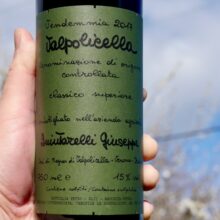
Product information
Giuseppe Quintarelli Valpolicella Classico Superiore 2018
$294
Description
The 2018 Valpolicella Classico Superiore pulls the taster close to the glass with a darkly alluring blend of dried roses, violets, crushed stone, clove and blood orange. It washes across the palate with silken textures, lifted and finessed in the style of the vintage, as ripe wildberry fruits swirl beneath an air of sweet lavender. The word ethereal comes to mind as the 2018 tapers off with sweet tannins that provide a lovely framework to perfumed inner florals and hints of blackberry that resonate. Drink 2025-2032
Eric Guido, Vinous 94 Points
Classic Valpolicella blend , with a ripe cherry nose as well as mineral and spice. Amazing depth and concentration in this wine with a very fine steely mineral core. Amazing freshness for the warmer year and super elegant finish.
Corvina, Corvinone, Rondinella
Only 2 left in stock
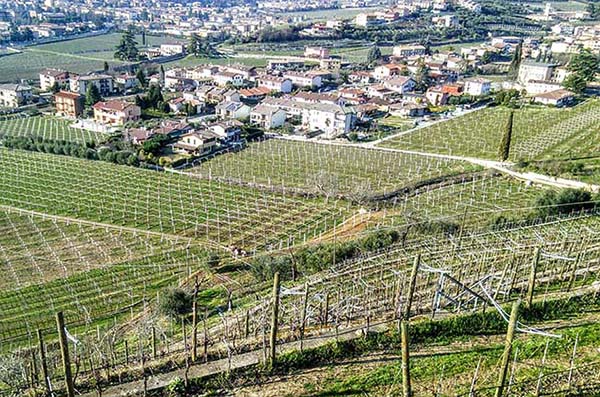
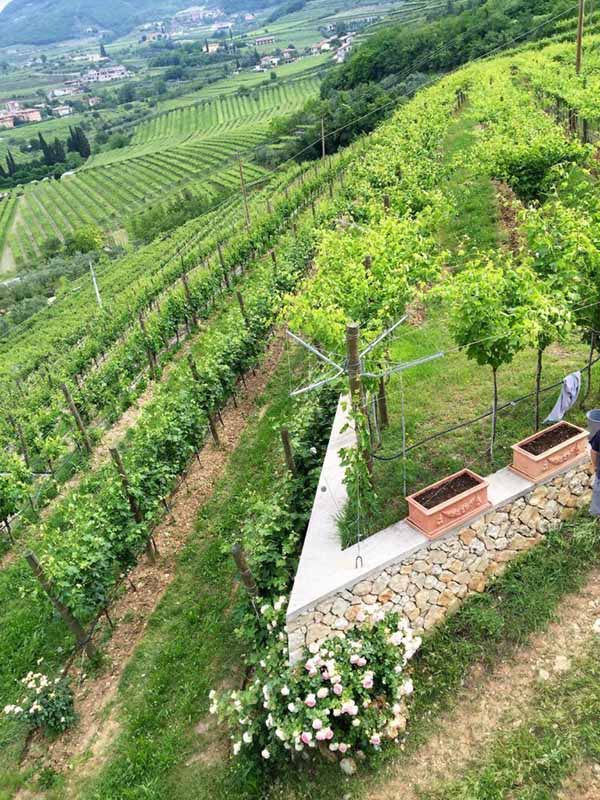

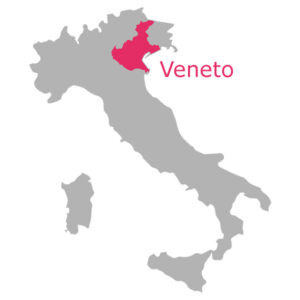
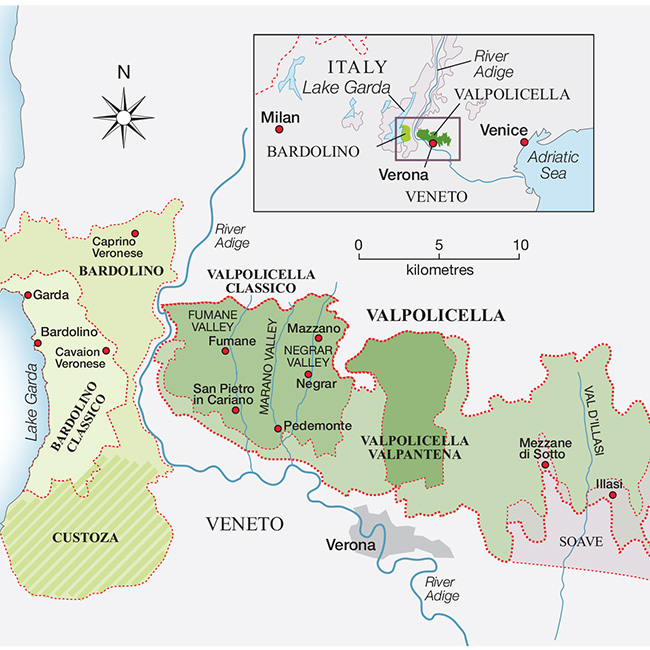

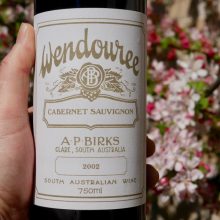
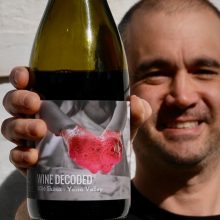
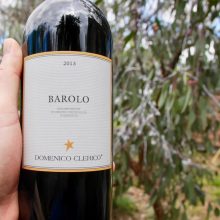
You must be logged in to post a comment.